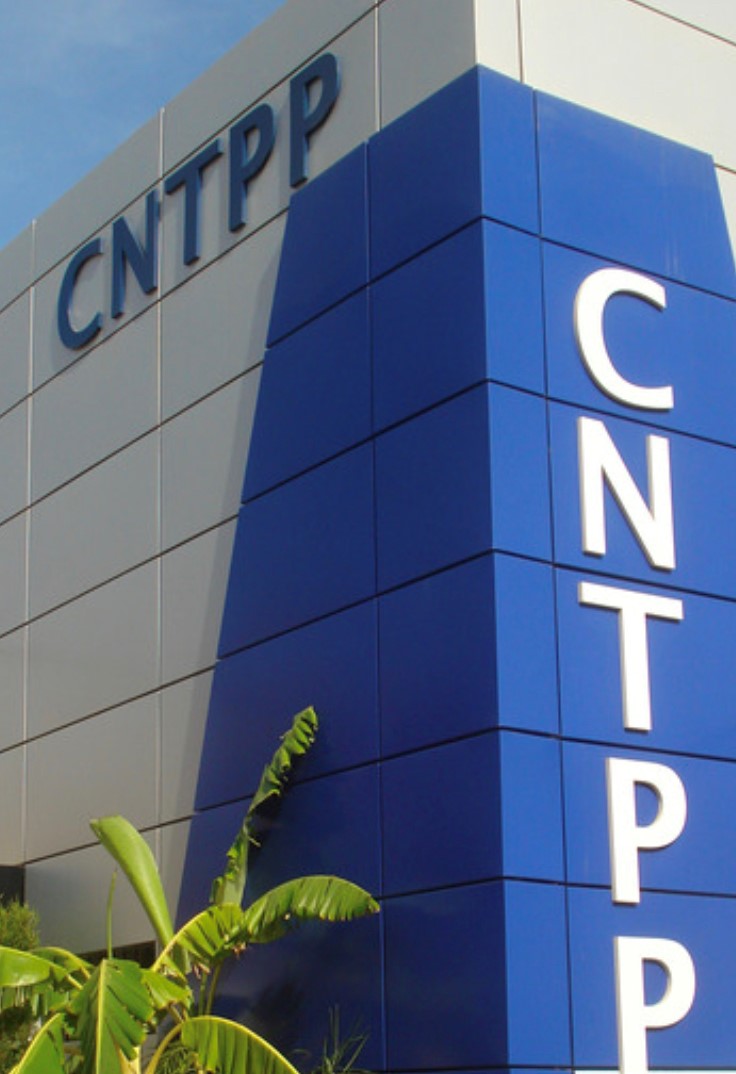AVIS DE CONSULTATION N° 01/2024
Le Centre National des Technologies de Production plus Propre, lance une...
Le Centre national des technologies de production plus propres (CNTPP) est un établissement public à caractère industriel et commercial crée par décret exécutif n° 02 – 262 du 17 Août 2002 dans le cadre des efforts déployés par le pays pour promouvoir le développement durable et relever les défis environnementaux. Le mandat du centre est de promouvoir l’utilisation de technologies et de pratiques plus propres dans divers secteurs, notamment l’industrie, l’agriculture et l’énergie. Le CNTPP est une institution spécialisée qui œuvre à la promotion de l’adoption de technologies plus propres en Algérie. Le centre fournit une assistance technique, des formations et des services de recherche à diverses parties prenantes, notamment des entreprises privées, des agences gouvernementales et des institutions de recherche. Il collabore également avec des organisations internationales pour échanger des connaissances et des bonnes pratiques dans le domaine des technologies plus propres.


l’étude ou la notice d’impact sur l’environnement vise à déterminer l’insertion d’un projet dans son environnement en identifiant et en évaluant les effets directs et/ ou indirects du projet…

Diviser en deux grands aspects nomination d’un délégué à l’environnement et ensemble des formations proposées par le CNTPP…




Le Centre National des Technologies de Production plus Propre, lance une...
Aujourd'hui marque la journée de clôture de notre atelier de formation...
Animée par l'expert en économie bleue, Pr. Grimes Samir, la journée...
Êtes-vous prêt à faire votre premier pas vers un avenir plus durable et économe en énergie ?